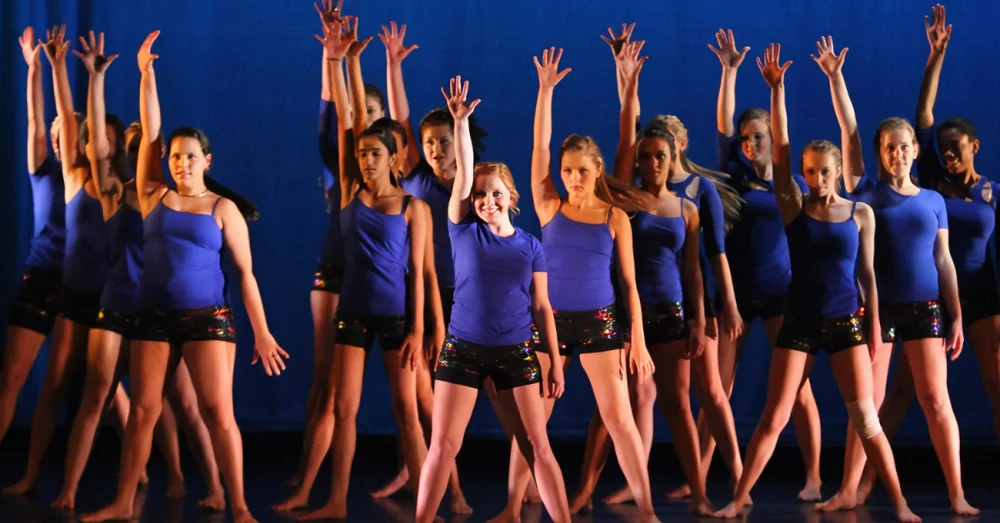
- historical-roots-of-school-dances
- social-development-and-emotional-growth
- creating-school-culture-and-memorable-experiences
- skills-students-learn-through-dances
- real-experiences-and-modern-trends
- where-to-start-dancing-and-learn-confidently
1. Historical Roots of School Dances
1.1 From Formal Balls to Prom Night
The tradition of school dances in America dates back to the early 20th century, rooted in formal ballroom culture. Events like homecoming and prom were inspired by collegiate traditions, originally intended to promote etiquette and unity. Over time, they evolved into widely anticipated events that blend music, fashion, and celebration.
1.2 A Safe and Structured Environment
Schools recognized early on that dances offered students a controlled setting to explore social norms. Unlike unsupervised gatherings, school dances could be monitored by staff, ensuring safety while allowing students to express themselves. This made dances both culturally meaningful and practically valuable in student life.
2. Social Development and Emotional Growth
2.1 Building Confidence in Youth
For many teens, school dances serve as a rite of passage. These events encourage students to step outside their comfort zones—whether it’s asking someone to dance, performing a new move, or simply showing up. The courage it takes to dance publicly is often a stepping stone toward self-confidence.
2.2 Encouraging Healthy Peer Interaction
Dances provide a platform for young people to engage in social interaction without the pressure of academics or competition. Students from different backgrounds often connect on the dance floor, breaking down cliques and fostering inclusivity. In this sense, a school dance can be a subtle form of social learning.
2.3 Emotional Expression Through Movement
Dance is a form of non-verbal communication. For students who struggle with words, expressing joy, anxiety, or even rebellion through movement can be deeply therapeutic. A school dance gives space for that emotional outlet in a shared, celebratory context.
3. Creating School Culture and Memorable Experiences
3.1 Strengthening School Identity
Whether it’s the first middle school dance or the final senior prom, these events become part of a school's culture. They help define a school’s identity and spirit. Students remember the playlist, the décor, the unexpected slow dances—and these shared memories create lasting bonds.
3.2 Celebrating Milestones
School dances often mark significant transitions: the end of a school year, a winning football season, or graduation. These celebratory moments give students a sense of closure and recognition. They aren’t just dances—they’re milestones wrapped in music and motion.
3.3 Involving the Community
From student councils to parent volunteers, dances often bring together teachers, staff, and families in planning and supervision. This builds a larger sense of community around the students and adds another layer of meaning to the event.
4. Skills Students Learn Through Dances
4.1 Dance as a Life Skill
Knowing how to dance isn’t just for school gyms. From weddings to networking events, the ability to move confidently in rhythm becomes a lifelong social asset. For some students, their first dance at school becomes the beginning of a greater passion for movement or performance.
4.2 Event Planning and Responsibility
Planning school dances teaches students logistical thinking, budgeting, and teamwork. Committees often organize venues, choose themes, and manage ticket sales. These are transferable skills that echo far beyond the school walls.
4.3 Respect and Boundaries
Modern school dances also help teach important social boundaries. With clear rules around behavior, dress code, and consent, students learn to express themselves while respecting others. This adds emotional intelligence to the night’s experience.
5. Real Experiences and Modern Trends
5.1 How Dances Adapt with Time
In recent years, school dances have become more inclusive and creative. Gender-neutral prom courts, student-chosen playlists, and themed TikTok challenges are shaping a new generation of experiences. Schools now understand that these events are not static—they evolve with their students.
5.2 Student Perspectives
Sophia, a junior at a public high school in California, shared: “Our winter dance wasn’t fancy, but it was the first time I felt connected to my classmates outside of class. It was more than music—it was a feeling of being seen.” That authenticity is what makes school dances so valuable.
5.3 Digital Expression and Social Media
With social media, dances don’t end at the last song. Moments are shared, relived, and reshaped online, giving students a sense of visibility and ownership. While this brings challenges, it also extends the emotional life of the event.
6. Where to Start Dancing and Learn Confidently
6.1 Empower Students with Real Dance Skills
Many students hesitate at school dances because they feel awkward or unprepared. Confidence grows with practice. Encouraging teens to explore dance through classes—whether hip-hop, ballroom, or freestyle—helps them show up more fully at these events.
6.2 Explore Opportunities at Trusted Dance Schools
At American Dance Academy, we offer programs designed to help students gain confidence and technique, no matter their experience level. With expert instructors and a supportive atmosphere, students build not just skill—but self-esteem that carries onto the dance floor and beyond.
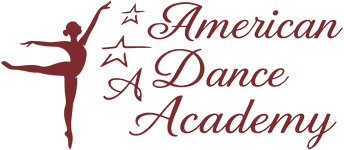
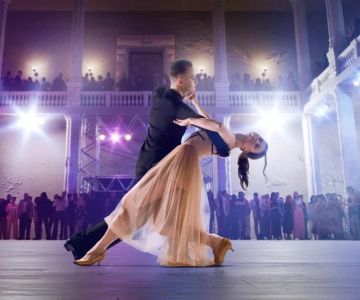
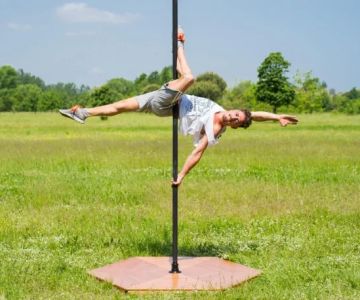
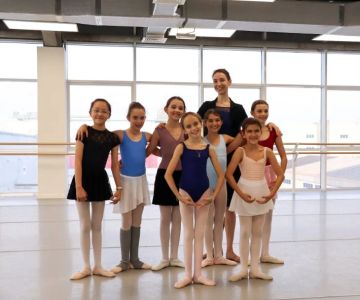
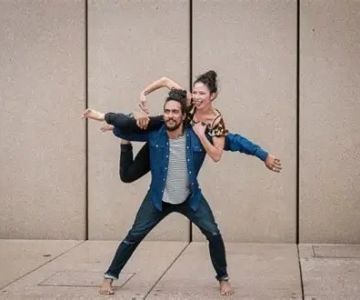

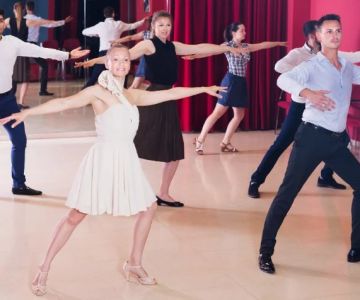
 Barrington Dance Academy5.0 (22 reviews)
Barrington Dance Academy5.0 (22 reviews) Canyon Concert Ballet4.0 (17 reviews)
Canyon Concert Ballet4.0 (17 reviews) Big City Dance Center LLC4.0 (25 reviews)
Big City Dance Center LLC4.0 (25 reviews)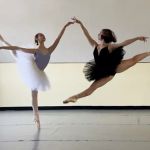 Tye Chua Dance & Kalamazoo Ballet5.0 (18 reviews)
Tye Chua Dance & Kalamazoo Ballet5.0 (18 reviews) Fenton Ballet Theatre4.0 (24 reviews)
Fenton Ballet Theatre4.0 (24 reviews) Front Street Dance Center5.0 (7 reviews)
Front Street Dance Center5.0 (7 reviews) Are There Dances in Middle School? What Students and Parents Should Know
Are There Dances in Middle School? What Students and Parents Should Know How a Dance School in Instagram Builds Community and Success
How a Dance School in Instagram Builds Community and Success Why Do Schools Teach Square Dancing?
Why Do Schools Teach Square Dancing?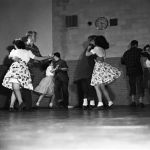 Why Was Square Dancing Taught in School?
Why Was Square Dancing Taught in School? Why Swing Dance Is Popular for Adults
Why Swing Dance Is Popular for Adults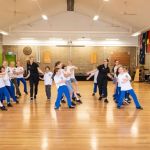 A School Dance: How to Prepare, Shine, and Make It Unforgettable
A School Dance: How to Prepare, Shine, and Make It Unforgettable